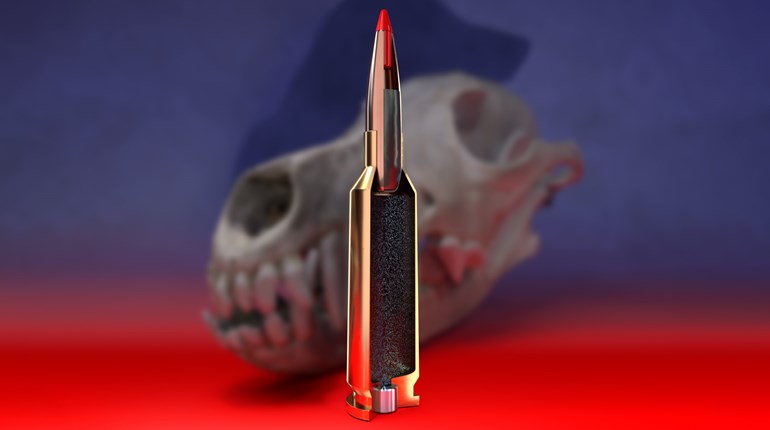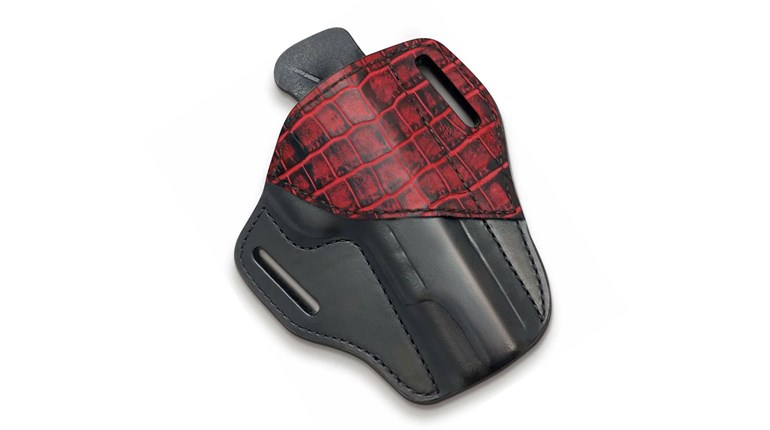
Arriving at the range and finding out you left important items like your hearing protection or ammunition sitting on your workbench at home puts a damper on what might otherwise be a pleasant time at the range. I’ve learned to keep my gear in my bags all the time, and only take out the items which I store elsewhere, like ammunition and guns, in between range trips.
I take a different approach to range bags than some people. Rather than opt for a sofa-sized carryall with a strap, I chose the contents of my range bag based on my years as a commercial photographer. I rarely packed up the entire studio when I went on location, instead, I just carried the stuff I needed. For most editorial assignments, I carried two bodies, a strobe, two or three lenses and associated accessories (meter, batteries, filters, etc) in a small compact photo bag. If I needed more gear, I’d store it in the location truck until it’s needed. I didn’t like to carry around a lot of gear because it distracted from the job at hand, namely, taking great pictures.
I apply that same “less is more” ethic to my range bag. These days, my focus is on practical pistol matches, so I carry around the gear I need to shoot a local club match in a lightweight canvas bag from MidwayUSA that’s now discontinued. In it, I have the following gear (Clockwise from upper right)

- Water (A must-have)
- Gun-Cleaning rag
- Pistol sleeve (This one is made by Bore-Stor)
- Spare pistol magazines
- Business cards and a target overlay
- Energy bar
- A CATS tourniquet and an Israeli bandage (More on those in a bit)
- Speedloader
- Bug Spray/Suntan lotion
- Lens cleaning cloth for my eye protection
- Pens
- A flashlight (because sometimes matches go long on weekday nights)
- A Leatherman Multitool
- More pistol magazines
- Ammo (I usually like to bring along at least 20% more than what the match requires)
Attached to the side of the bag is a spent brass bag from Competitive Edge Dynamics, and all the gear goes inside the bag quite nicely, with room to spare. If I were better at tinkering with my guns, I’d carry parts that might break, like ejectors and firing pins, but for now, I leave that sort of thing to professional gunsmiths and have a backup gun in the car in case I need one.
I carry a tourniquet and a pressure bandage with me because I like to be safe on the range. I’ve never been in serious jeopardy at a practical pistol match, but accidents can happen anywhere, anytime to anyone, and I like to be ready if (heaven forbid) one happens near me.
On a happier note, I’ve also put together a bag of gear that’s ready to go in case someone wants to go shooting for the first time (something that I’m pleased to say is happening more and more these days). Inside the bag is all the gear that a new shooter needs to have fun on the range, besides a gun. I’ll carry my gear and the guns in a separate bag: This bag is just used to carry the items needed to introduce someone into the fun of the shooting sports (Clockwise from upper left):

- A 5.11 shopping bag (I use this bag because I had it handy, it holds all the necessary items and it looks like all the other shopping bags out there, albeit with a tactical gear company’s logo on it).
- Ear Protection (Normally, I use electronic earmuff with new shooters, but that particular set of ear protection wandered off the week before I took this picture).
- Water (Because if you’re thirsty, you’re not having fun).
- Paper Plates (I love using paper plates with new shooters because they are cheap, non-threatening and make it easy to spot hits. The fact that they’re also about the same size as the upper thoracic cavity is a bonus when it comes time to get people used to the idea of shooting to stop a threat to their lives).
- Paper reactive targets (I’ve found that nothing motivates a new shooter more than the excitement of immediately seeing the result of a well-placed shot, and paper reactive targets make it easier to see where all their shots are hitting, good and bad).
- Tape and clothespins (For setting up targets on the target stand).
- Eye Protection (I also usually have a spare set that’s big enough to wear over eyeglasses, if needed).
- Staple Gun (One more way to set up a target on the target stand).
- Ear Plugs (For those who don’t like over-the-ear ear protection).
- Ammunition (I like to use a .22LR semi-automatic with a red dot sight for first-time shooters because it narrows down all things needed for an accurate pistol shot to putting the dot on the target and smoothly pressing the trigger. In addition to this, the easy recoil an low noise of the .22LR round really help calm the nerves of someone who may have never held or shot a gun in their lives).
- Batteries (For that electronic ear protection that should [should!] be in the bag right now).
I’ll also toss in an NRA firearms safety guide to read during breaks in the shooting, and I have a few t-shirts handy as protection from hot spent brass casings in case someone wears a low-neck shirt to the range.
So there’s some of the gear I carry to the range on a regular basis. What’s in your range bag?





































